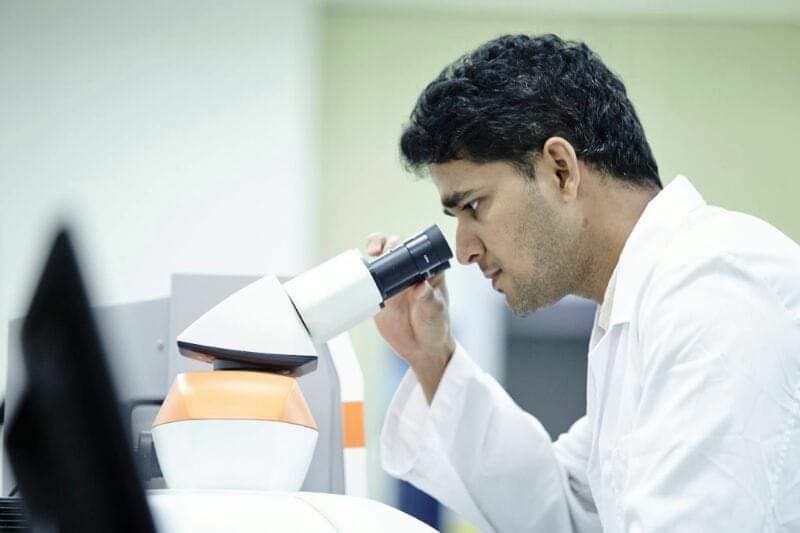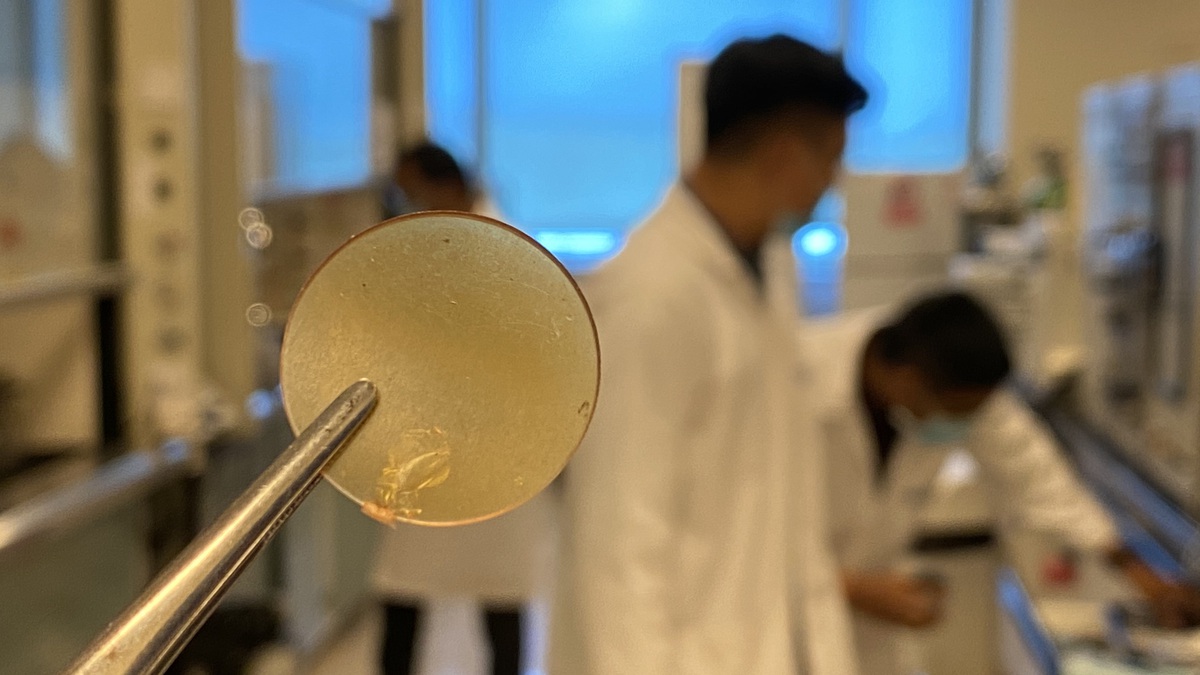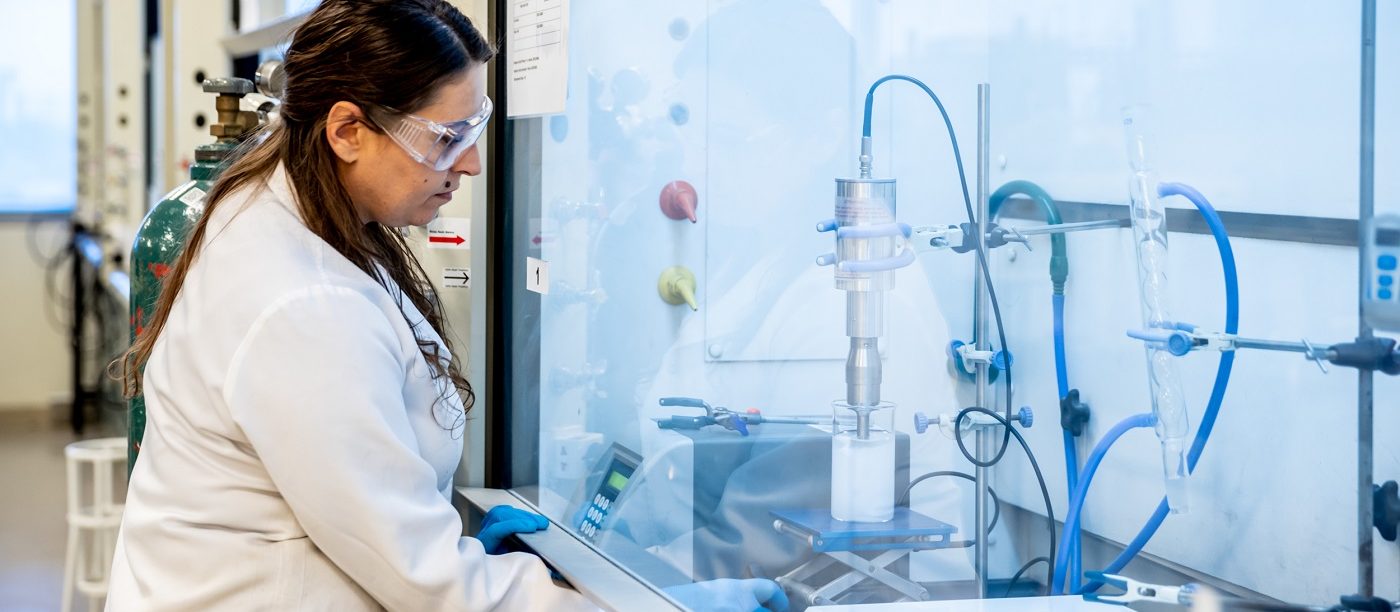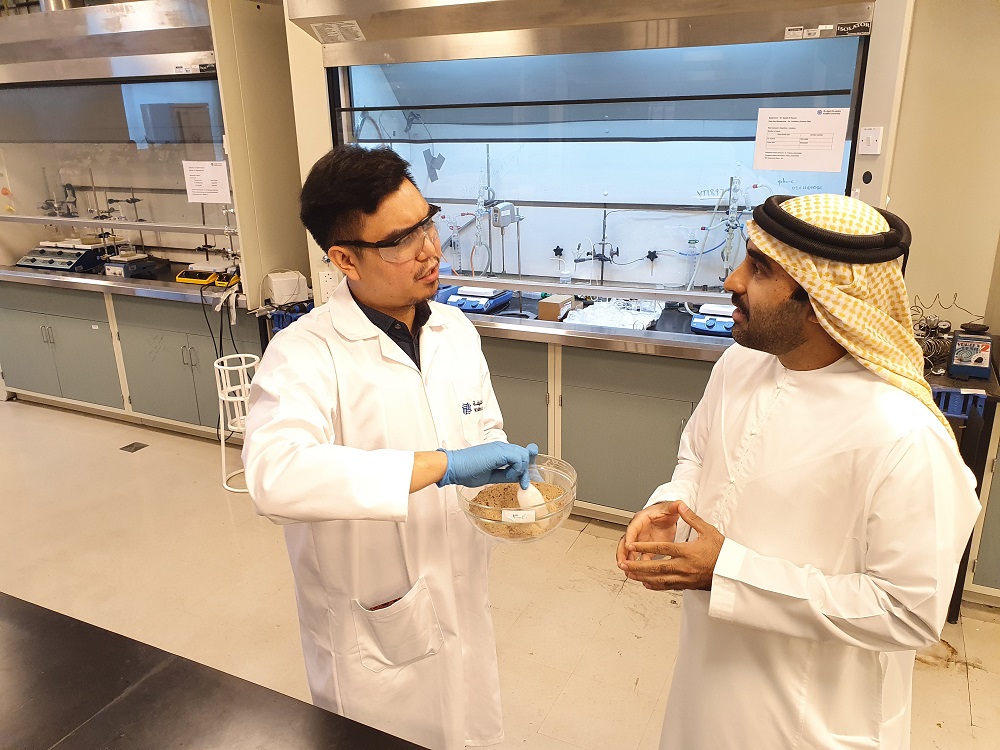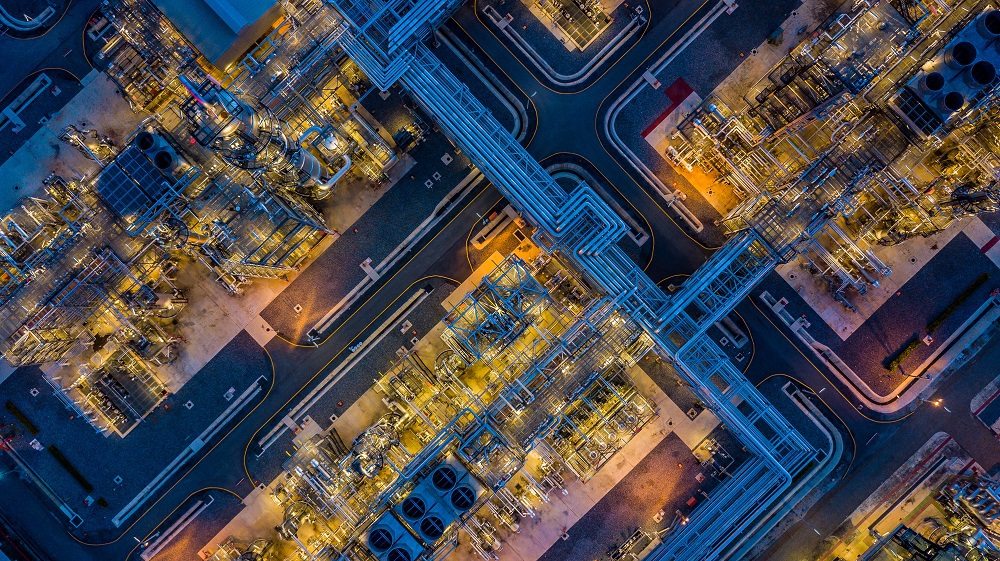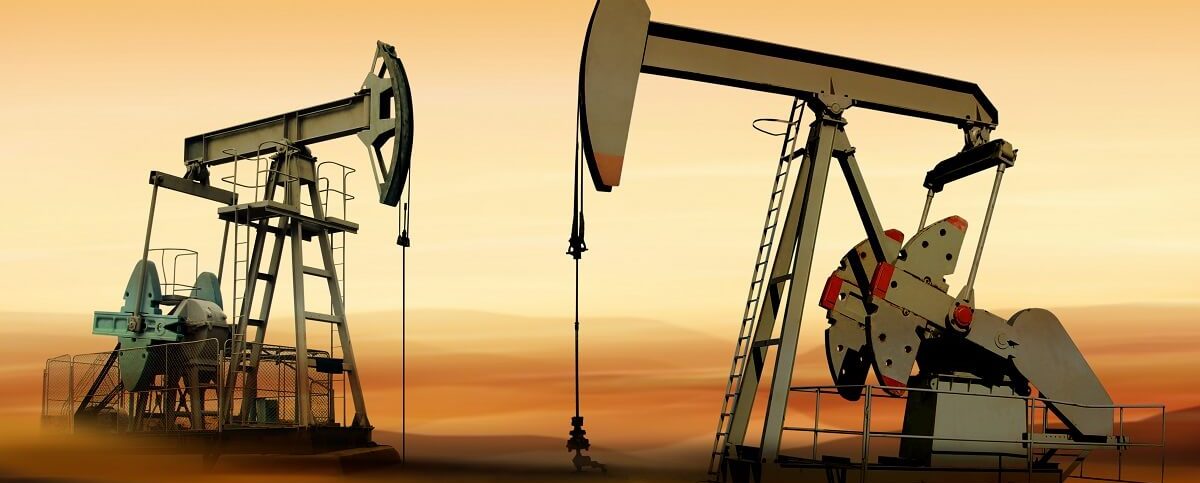
Modern oil geologists examine surface rocks and terrain, using sensitive gravity meters to measure tiny changes in the Earth’s gravitational field that could indicate flowing oil, and electronic noses to “sniff” for the smell of hydrocarbons. Most commonly, they use seismology, creating shock waves that pass through the rock layers and interpreting the waves that are reflected back.
Finding oil beneath the Earth’s surface is one thing; extracting it is another. Hydrocarbon exploration is an expensive, high-risk operation. Hydrocarbons formed in source rock migrate to a reservoir rock, commonly a porous limestone or sandstone. The hydrocarbons collect in the pores in the rock (the more porous, the more oil) and extracting them requires the reservoir to be permeable so hydrocarbons can flow to the surface during production.
If a potential area lacks sufficient porosity or permeability, it may not be economically viable to extract the contained hydrocarbons.
Accurate estimations of petrophysical properties are critical for oil reservoir characterization with direct impact on reservoir management and enhanced oil recovery strategies. In work presented at the Abu Dhabi International Petroleum Exhibition and Conference (ADIPEC) 2019, KU’s Dr. Moussa Tembely, Research Associate, applies advanced artificial intelligence (AI) techniques to predict the petrophysical properties of complex carbonate rock. Once trained on thousands of high-resolution images, the AI-based model was able to reduce the computation time into seconds instead of days for classical direct simulations.
Reservoir models are built upon measured and derived petrophysical properties to estimate the amount of hydrocarbons present in the reservoir, the rate at which that hydrocarbon can be produced to the Earth’s surface through wellbores, and the fluid flow in rocks. Geological descriptions are normally obtained from thin-section photomicrograph analysis, but in carbonates like limestone and dolomite, which make up the geological landscape of the Middle East, reservoir heterogeneity complicates efforts to establish rock types.
The mineralogy, organic content, natural fractures, and other properties vary from reservoir to reservoir in this region.
“Characterizing complex rocks, such as carbonate, is still very challenging due to intrinsic heterogeneities occurring at all scales of observation and measurement,” explained Dr. Tembely.
A major application of petrophysics is in studying reservoirs for the hydrocarbon industry. The rock properties of the reservoir are investigated, particularly how pores in the subsurface are interconnected and control the accumulation and migration of hydrocarbons.
“The permeability is one of the most significant petrophysical properties for reservoir rock,” explained Dr. Tembely. “It is essential in targeting a desired commercial oil and gas production rate.”
Permeability is a measure of the ability of a rock to allow fluids to pass through it and relates to pore interconnectivity. If a rock has sufficient porosity and permeability that oil or gas can flow through it, it can potentially serve as a reservoir.
Apart from core analysis, formation testing is so far the only tool that can directly estimate a rock formation’s permeability. Where this is absent—as in most cases—an estimate for permeability can be derived from empirical relationships with other measurements such as porosity, nuclear magnetic resonance and sonic logging.
“Correctly predicting subsurface flow properties is critical in many applications, ranging from water resource management to the petroleum industry,” explained Dr. Moussa Tembely. “To address this, we apply machine and deep learning to quickly and accurately compute petrophysical properties based on micro-CT images without any computationally intensive procedures.”
Digital Rock Physics (DRP) allows reservoir rock characterization to take place away from the reservoir site. High-resolution images of the rock’s pores and mineral grains are obtained and processed, and the rock properties are evaluated at the pore scale. Micro-plugs are drilled and high resolution micro-CT images are recorded, processed and analyzed to generate 3D digital rock models. Users of DRP look for total porosity and absolute permeability, among other reservoir properties.
Simulations at the pore scale can be classified into two categories: pore-networking modeling (PNM), and direct modeling, which includes the lattice Boltzmann method (LBM).
“The pore network modeling approach is widely used for fast computation of flow properties, albeit with less accuracy due to the inherent simplification of the pore space,” explained Dr. Tembely. “Alternatively, direct simulation using computational fluid dynamics, such as the lattice Boltzmann method, is very accurate. However, its high computational cost prevents this approach from including all the relevant flow physics in a single simulation.”
Innovations in machine learning accelerate the pace of any sector and artificial intelligence has already been applied to petroleum engineering. Previously, most applications were concerned with rock typing, production, and drilling optimization, while few works were devoted to the direct prediction of petrophysical properties using 3D micro-CT images. One model has been used to predict permeability using the PNM approach, which is not reliable enough to provide an accurate estimation.
“After assessing numerical techniques ranging from PNM to the LBM, we established a framework based on machine learning for fast and accurate prediction of permeability directly from 3D micro-CT images of complex Middle East carbonate rock,” said Dr. Tembely. “We used thousands of samples from which engineered features are fed into both shallow and deep learning algorithms to compute the permeability. In addition, we have a hybrid neural network accounting for both the physical properties and 3D raw images. Our model is accurate and much faster than the lattice Boltzmann method.”
Using images of complex carbonate rock from the Middle East, Dr. Tembely and Dr. Ali Alsumaiti from the Abu Dhabi National Oil Company (ADNOC) compared three numerical techniques used to simulate flow properties: PNM, the finite volume method, and a voxel-based method of the LBM. The PNM technique was used to extract porosity and permeability data, while LBM direct simulations were performed to compute the permeabilities of all samples. This data was then fed into supervised shallow and deep learning models to train the machine learning technique to compute permeability.
Despite only being trained on a small subset of 3D images, the machine learning technique was able to estimate the permeability of a larger sample in less than a second—in very good agreement with the result obtained by LBM in a day of simulation. Dr. Tembely’s algorithm accurately estimated complex and heterogeneous rock petrophysical properties within a 3 percent margin of error.
“With our data-driven workflow, simulations that could take days would only need a few seconds when a trained network is used,” said Dr. Tembely. “Combining deep learning and rock imaging and modeling has great potential in reservoir simulation and characterization to swiftly and accurately predict petrophysical properties of porous media.”
Jade Sterling
News and Features Writer
14 November 2019


